7 dryer sheet alternatives to detoxify your laundry routine – these surprising swaps experts swear by are likely in your home already
From wool balls to ice, some of these replacements may surprise you
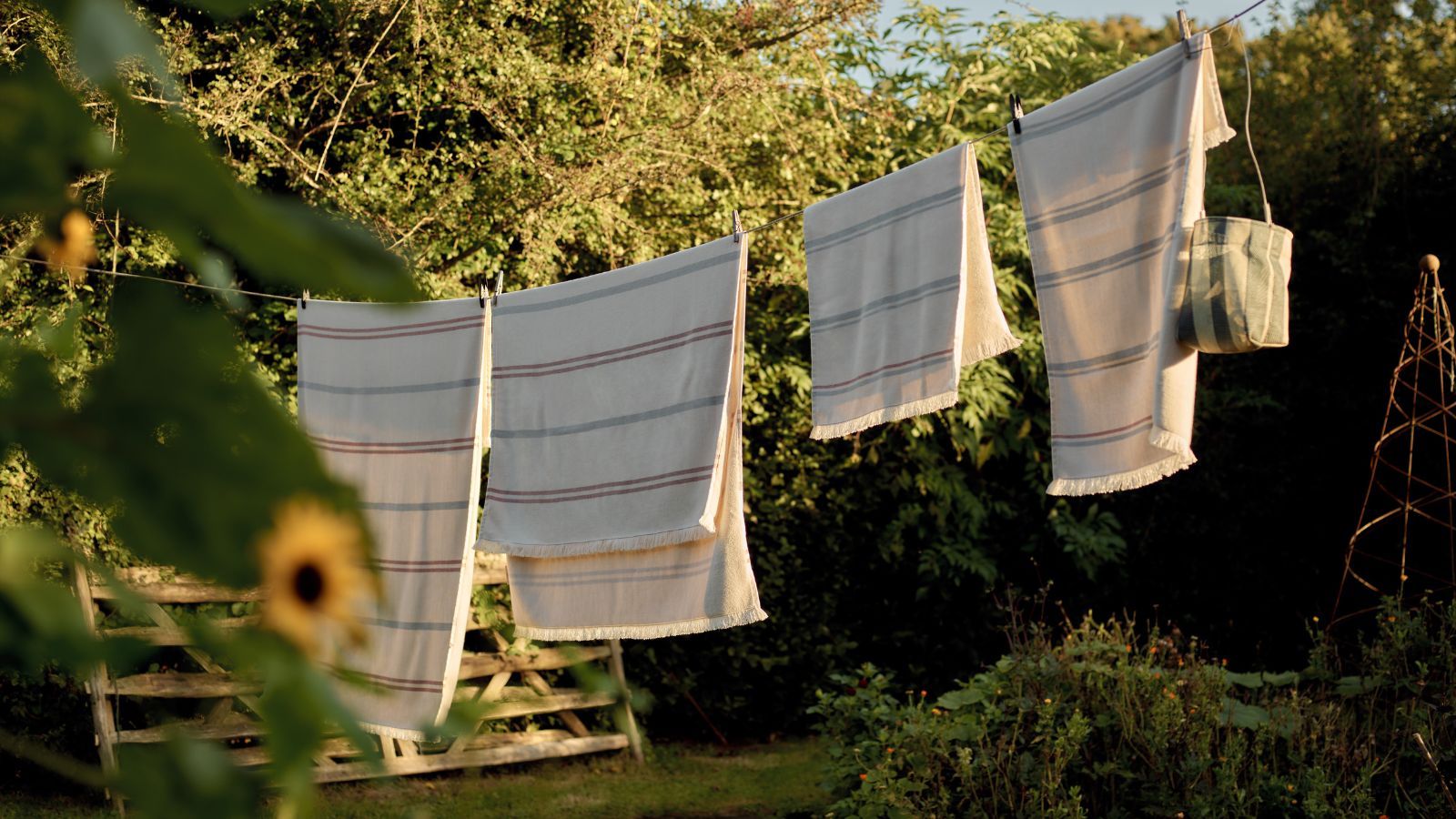

Dryer sheets are a laundry room staple for many, adding a fresh scent to sheets and garments whilst reducing pesky static.
However, many conventional dryer sheets are packed with toxins that can irritate your skin, damage your clothes, gunk up your dryer and harm the environment.
Luckily, there are several alternatives to dryer sheets you can use when doing laundry that will not force you to compromise on comfort, convenience or freshness. Our laundry experts urge you to consider these healthier swaps when you run out of the store-bought stuff.
Key reasons to consider dryer sheet alternatives
There are several disadvantages of dryer sheets that might prompt you to look for alternatives when yours run out.
Kate Hanks, washer experience specialist at Hampr says, 'Users typically love dryer sheets for the scented fragrance that they leave on clothing, however, the chemicals that make up that very fragrance are what coat the inside of the dryer and, over time, can disrupt the internal mechanisms that allow the dryer to function properly.
‘Dryer sheets are also shown to reduce the absorbency of towels and break down the fire-resistant materials in children's pajamas. And they create unnecessary waste for our landfills and emit potentially harmful chemicals into the air. In short, dryer sheets just aren’t as great as we once thought they were.’
Here are seven dryer sheet alternatives our laundry pros recommend that can help you save money on laundry, be more sustainable at home, and prevent dangerous home hazards.
1. Wool dryer balls
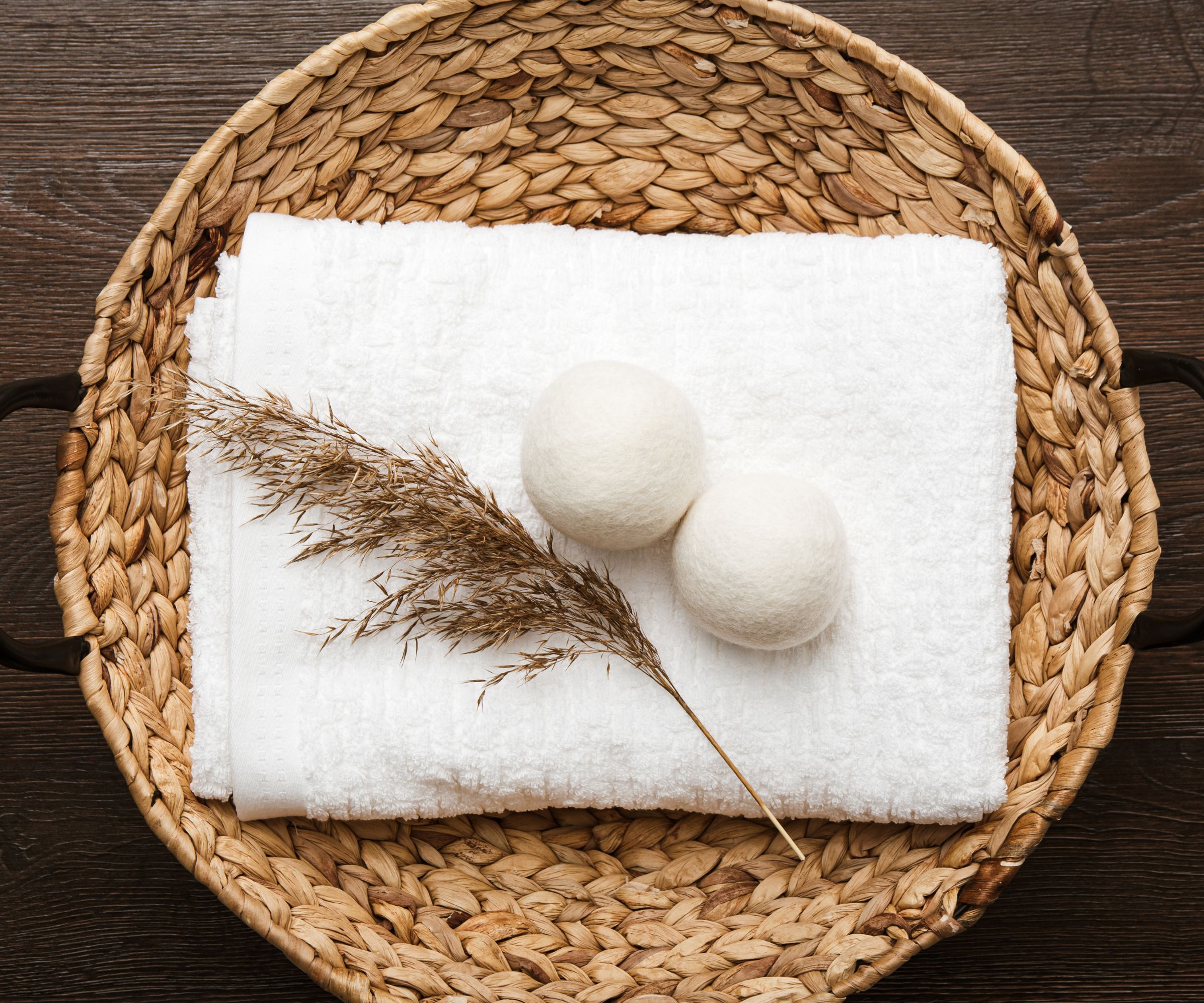
The most common dryer sheet alternative is wool dryer balls, readily available online at Amazon.
Ryan McKenzie, co-founder of Tru Earth explains, ‘Made from 100% sheep wool, these dryer balls naturally soften your laundry without the use of synthetics or chemicals in dryer sheets – making them a perfect fit for those with sensitive skin. Wool dryer balls also help improve airflow in the dryer while absorbing moisture, shortening drying time which results in less energy used and cutting energy bills.
‘Using dryer balls also prevents heavy items from getting scrunched up and tangled, helping your clothes dry more evenly,’ Ryan continues. ‘They also can be re-used hundreds of times, continuously helping prevent static-cling, as well as soften and fluff towels, your clothing, sheets, blankets, and more.'
Another reason you should be using dryer balls is the ability to customize the scent of your laundry. Adding a few drops of essential oils (available in sets from Amazon) can help make laundry smell better depending on the season, your mood, or the person you are doing laundry for.
Wool dryer balls are also the secret weapon for fuffy towels.
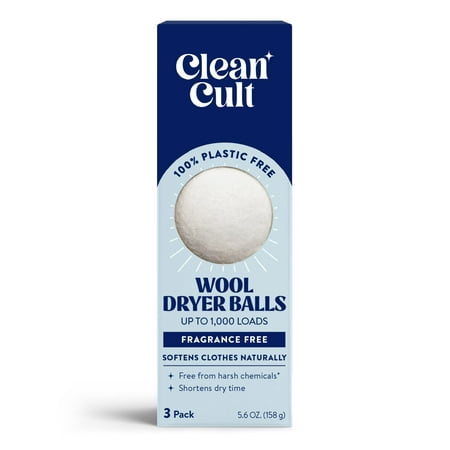
Another fantastic benefit of using wool dryer balls is the fact they will break up and fluff up your laundry for more even drying and softer clothing and towels.
2. Silicone dryer balls
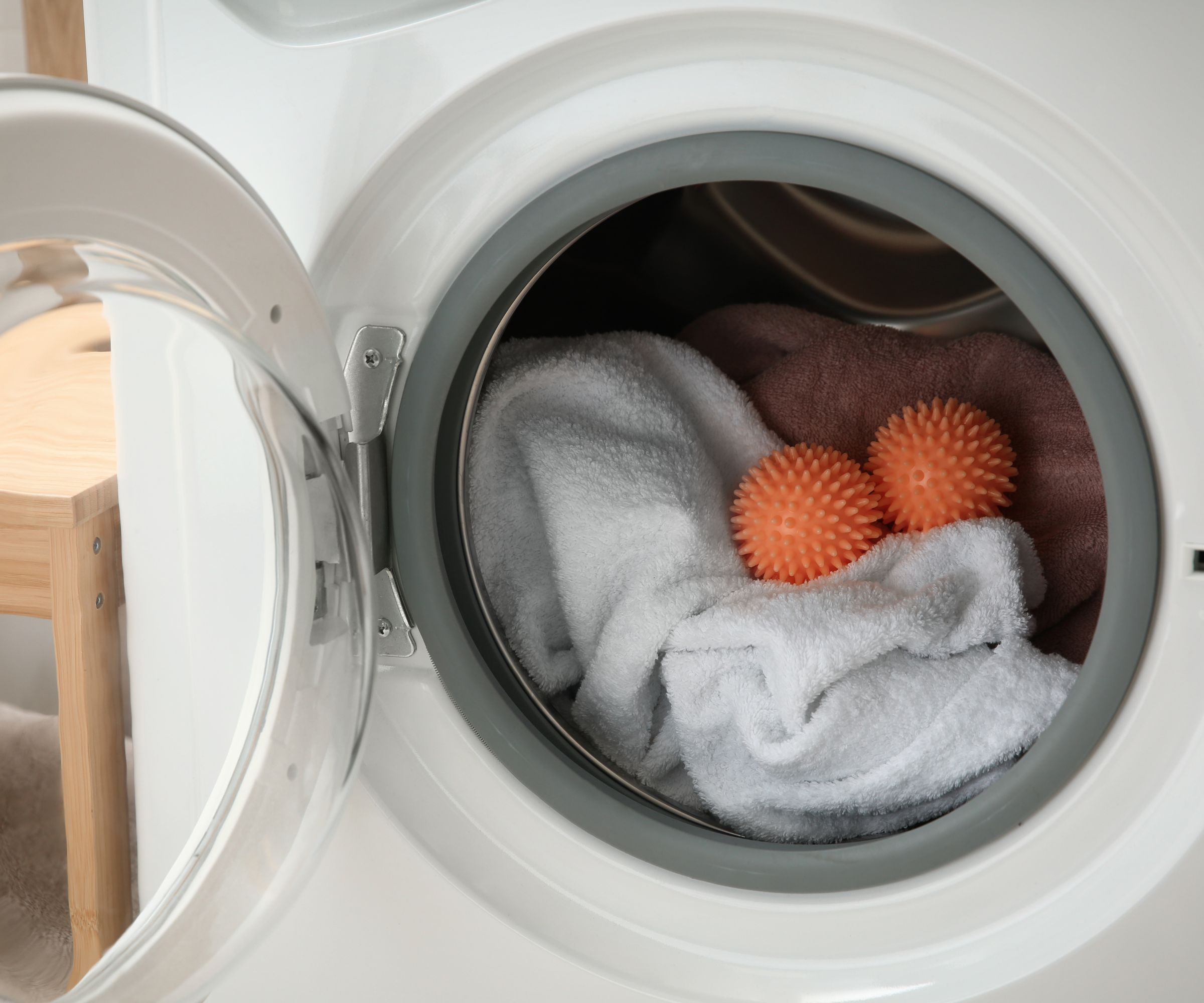
Laundry expert Kate Hanks continues, ‘A similar alternative to wool dryer balls are silicone dryer balls. These have all of the same perks as their wool counterparts, but some users find them preferable in an attempt to avoid using animal products completely.’
Switching to silicone dryer balls can also appeal to those who like to think about the aesthetics of their utility rooms or laundry rooms down to the finest details, as Kate adds, ‘Oftentimes users also love the unique styles offered with silicone dryer balls as opposed to wool dryer balls. They can be found in cute shapes like a cactus plant dryer ball, as on Amazon or in a variety of colors to match your laundry room ideas.’
3. A damp face cloth
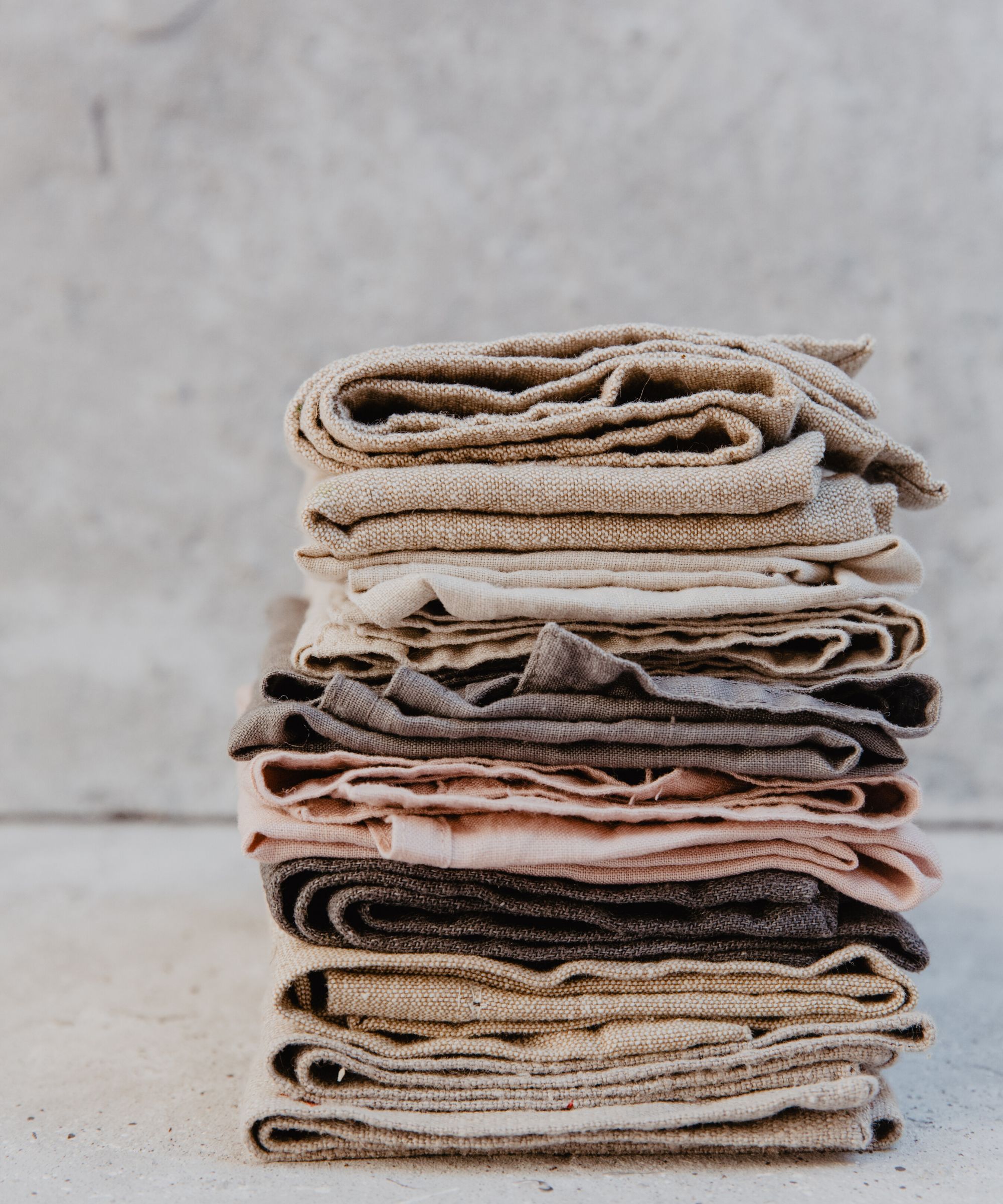
You don’t have to spend money to find a suitable dryer sheet alternative, including the ones already around your home – a damp face cloth with a few drops of essential oil is ideal.
Taylor Sutherland, president at Charlie's soap explains, 'For static, a cheap, renewable way to kill static and add a touch of scent is to put a few drops of your favorite essential oil on a damp facecloth [such as the Turkish Cotton Washcloths from Brooklinen] and toss it into the dryer at the end of the cycle. It will steam out wrinkles and static and give just a hint of fragrance without leaving tons of gunk on your clothes.'
He adds, 'You really should avoid them if at all possible and focus on your detergent to make your clothes cleaner, picking a non-toxic, chemical free alternative such as Charlie's Soap Laundry Liquid from Amazon. That will bring out the softness. Clean first, gussy-up second.'
Punteha van Terheyden, Head of Solved, tried this exact essential oil dryer sheet hack and loved it. She says, 'My clothes smelled luxurious and the pure geranium essential oil from Amazon I used made my laundry room smell great too while the dryer was running.'
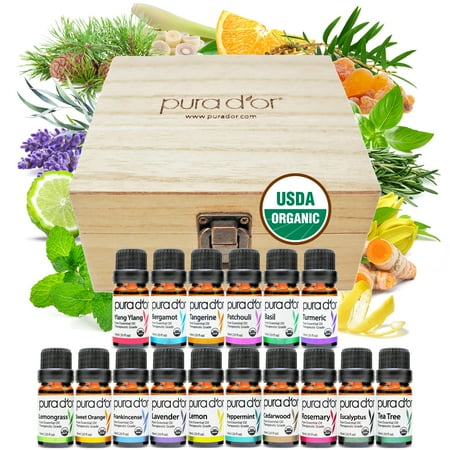
With scents ranging from lavender to tea tree, this complete starter set of essential oils is perfect for those who love to customize their home's scent and mix their own DIY cleaning solutions.
4. Aluminum foil
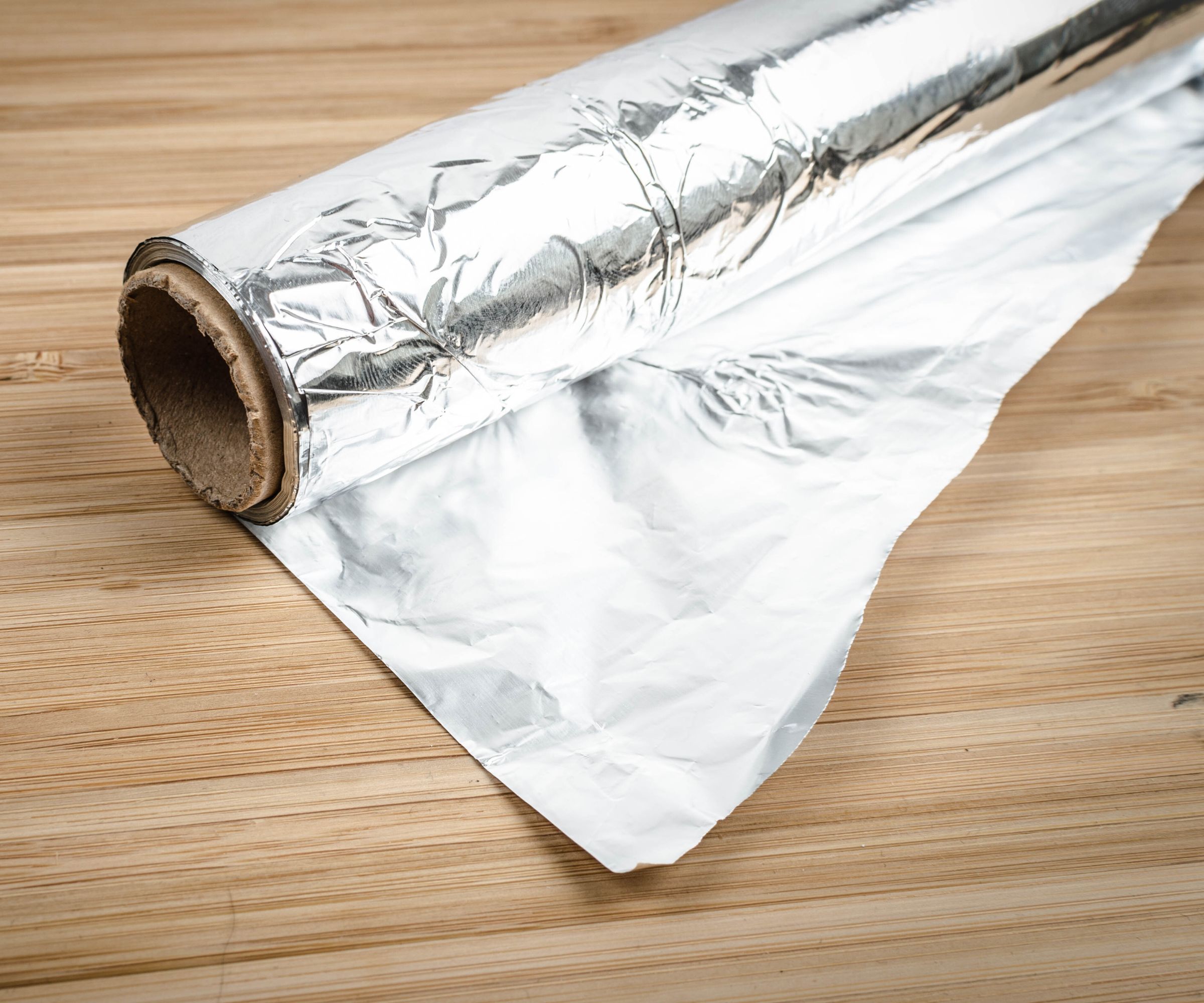
Of all the ways to use aluminum foil around the house, a laundry tip is certainly one of the stranger ones.
Kate Hanks shares, 'A surprising alternative to dryer sheets is to use aluminum foil. Yes, you heard that right! Rolling about three feet of an aluminum foil sheet into a smooth ball will act as an amazing temporary dryer ball!
‘When clothing is rolling around in the dryer, the friction creates an abundance of electrons, which is what causes them to want to stick together. The aluminum helps to break that cycle – keeping positively charged clothes away from negatively charged clothes. Science!’
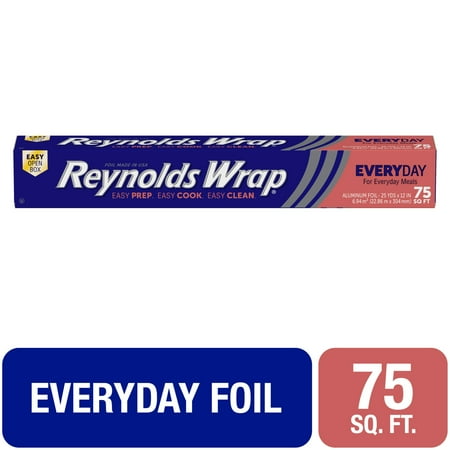
With increased durability, this foil is perfect for balling up and using in your dryer in a pinch. Alternatively, use aluminum foil in the dishwasher to help make stainless steel sparkle.
5. Ice cubes
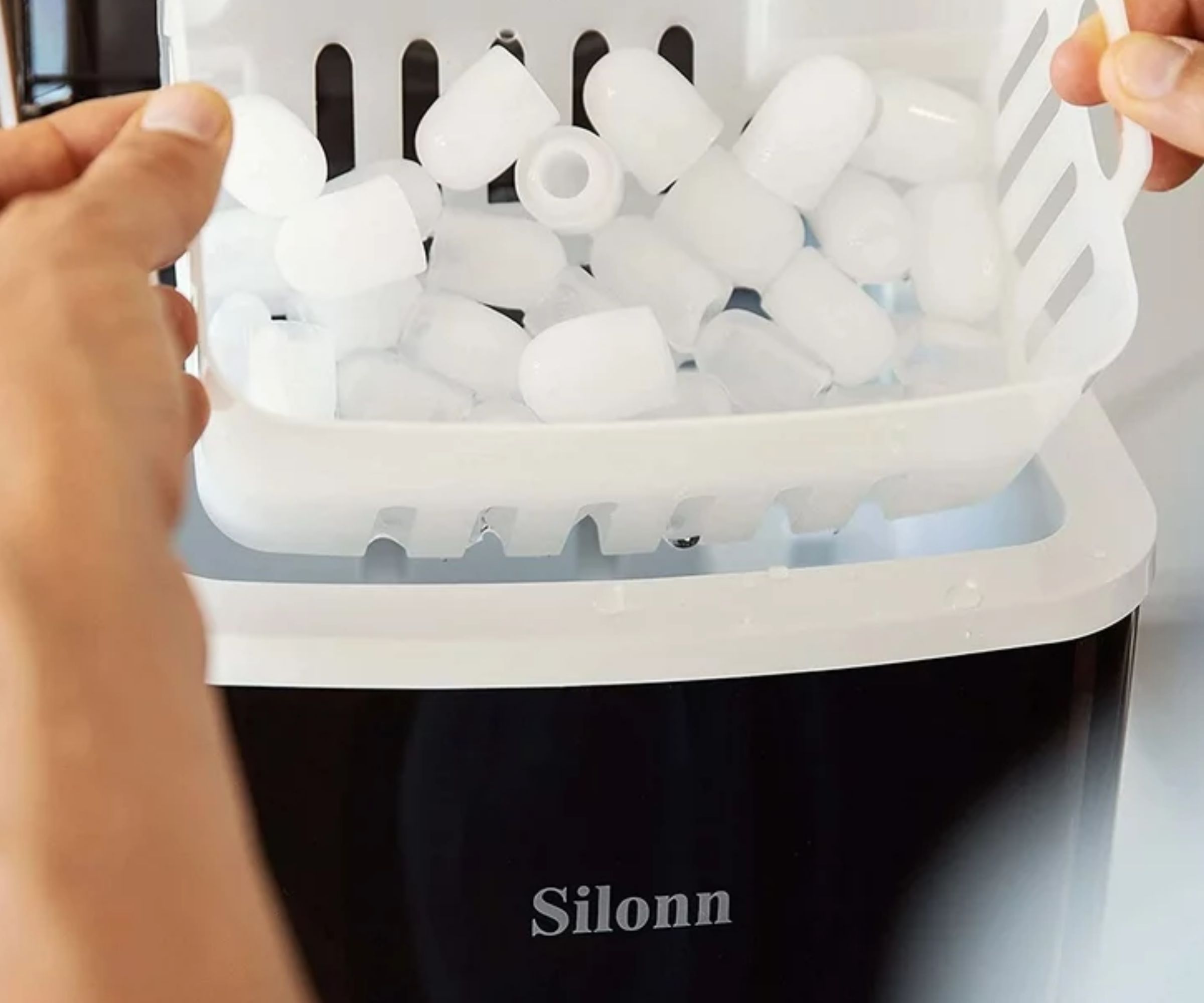
To really take drying clothed back to the basics, consider removing wrinkles from clothes with an ice cube.
For lighter garments and bed linens, throwing two to three large cubes into the drum towards the end of the cycle can help release steam, softening clothing fibers and making clothes softer without the need for chemicals.
It is worth noting that this laundry hack to save time works best on smaller loads of laundry, and on lighter weight materials such as cotton and polyester, rather than thick wool and denim.
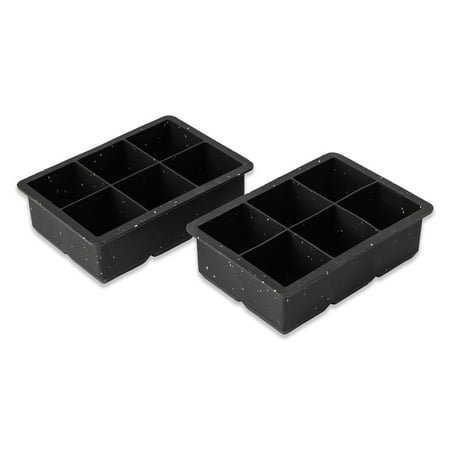
These extra large ice trays are ideal for creating slow-melting ice for the end of your dryer cycle.
6. Vinegar
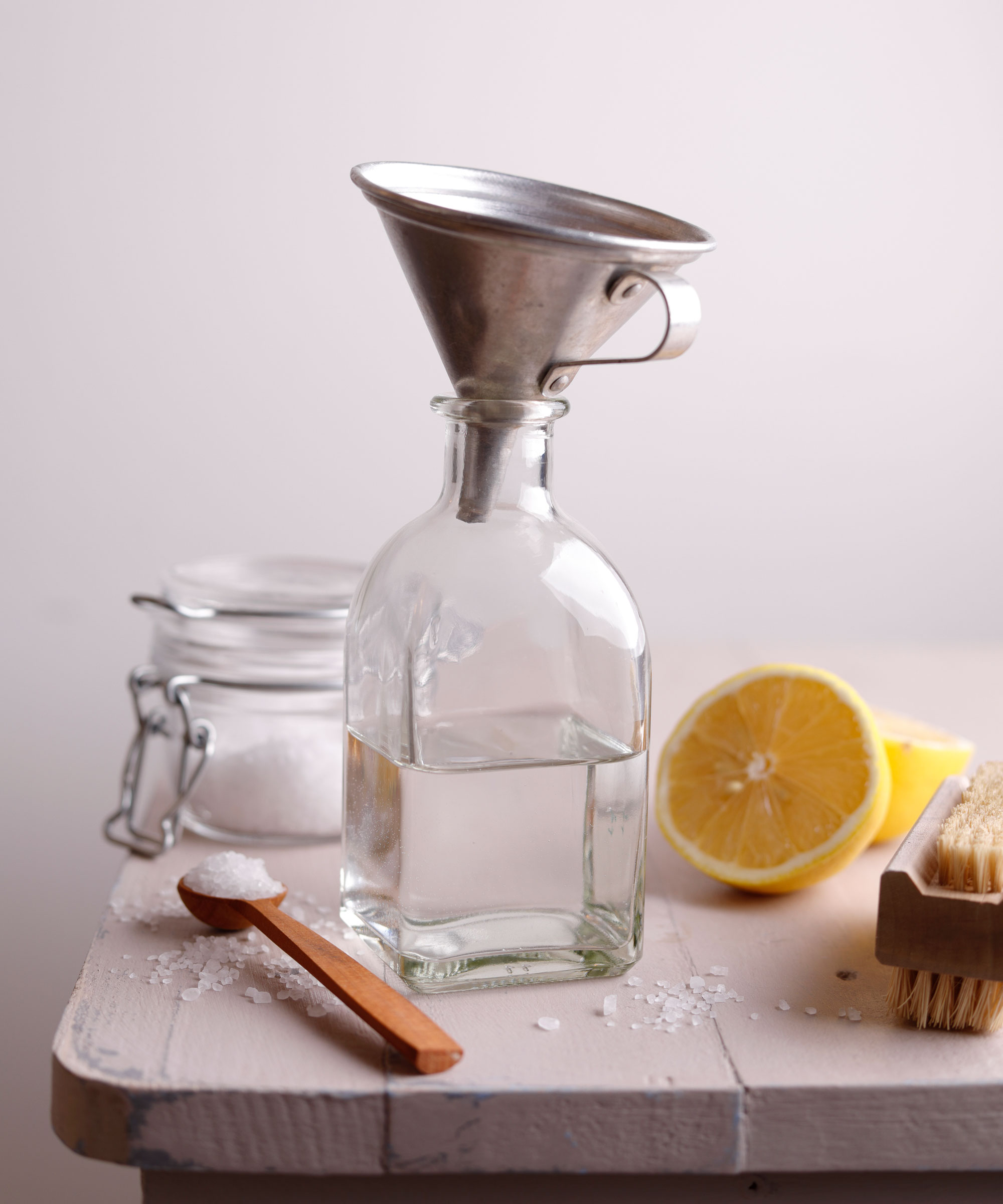
If your main reason for using dryer sheets is to help soften clothes and towels, consider starting the process in your laundry cycle, rather than waiting for drying by using vinegar in laundry.
Tom Ceconi, president at Heritage Park Laundry says, 'Adding half a cup of white vinegar to the rinse cycle naturally softens fabrics without residue.'
Vinegar is one of the best non-toxic alternatives to make towels soft again as it removes product build up that leaves fibers scratchy. Drying with wool dryer balls or an aluminum ball will further help to fluff towels up for a luxury spa-like shower experience.
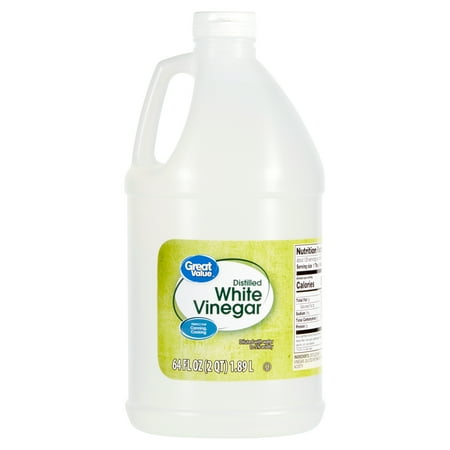
There are so many things you can clean with vinegar that it is more than worth the investment for your cleaning cabinet.
7. Air dry
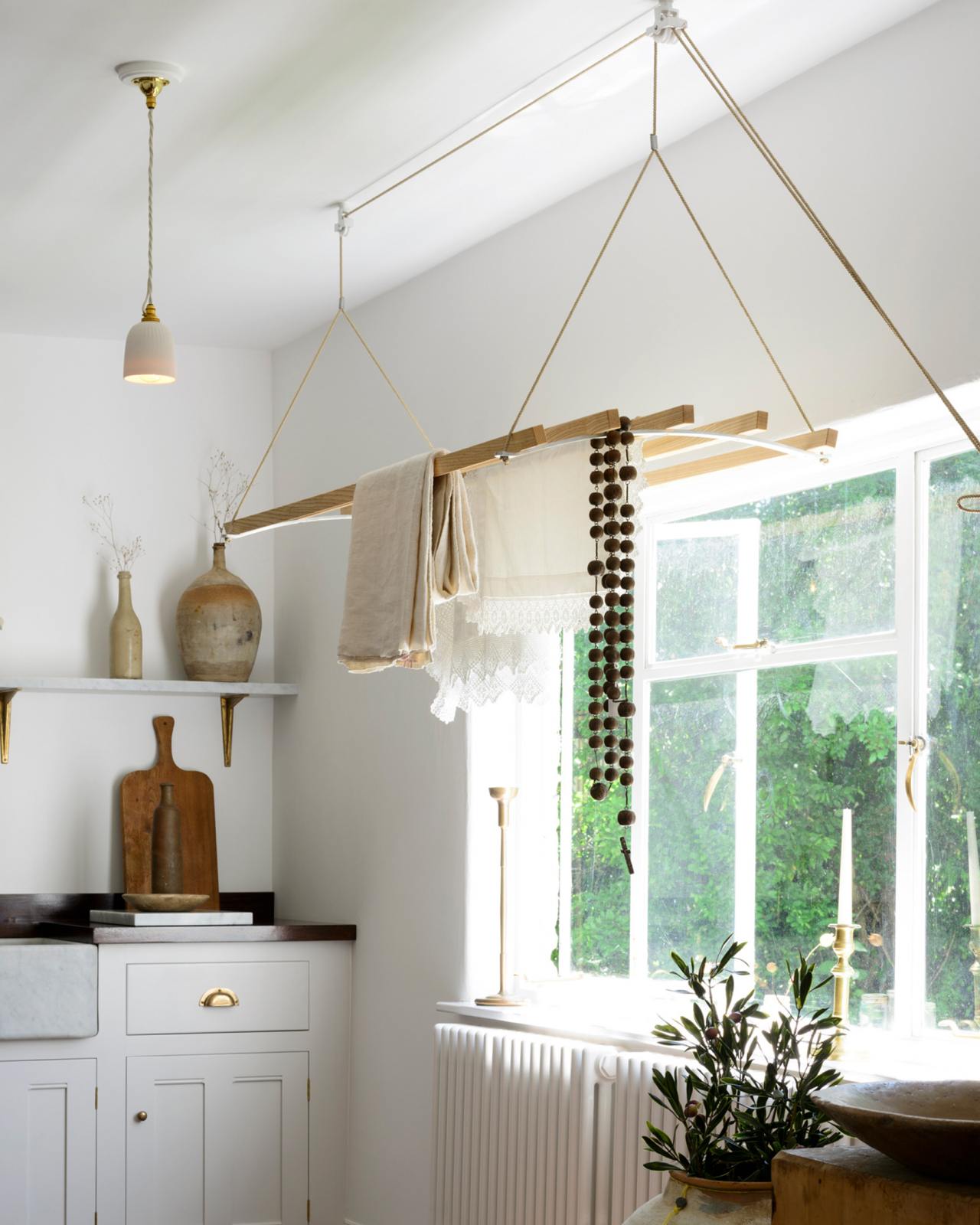
You can, of course, skip the effort and the chemicals altogether and opt for air-drying laundry instead.
Alicia Sokolowski, president and CEO at Aspen Clean says, 'An alternative to using the dryer, in general, is line-drying your laundry. This alternative eliminates static, preserves fabric quality, and is an energy-efficient, eco-friendly option.'
Drying clothing outside in the sun helps to speed up the process, further helping to remove odors to make clothes smell nice beyond laundry day, and lighten stubborn stains.
Don't worry, there are some great tricks to help you dry laundry indoors in winter, too, without it going stale or musty.
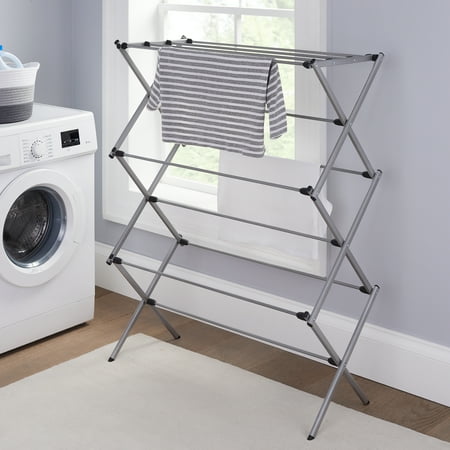
Indoor laundry racks don't have to take over your space. This collapsing laundry rack folds down for easy storage in closets or behind furniture.
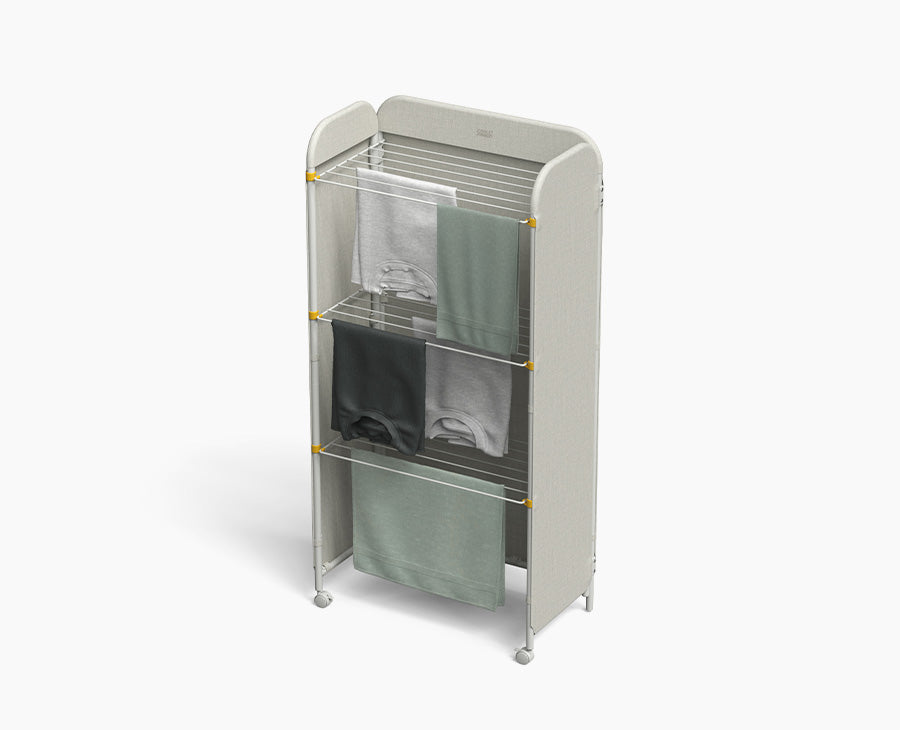
Solved's news writer, Ottile Blackhall, loved this heated airer for drying clothes quickly in small spaces, finding it easy to set up and use to power through laundry inside in winter.
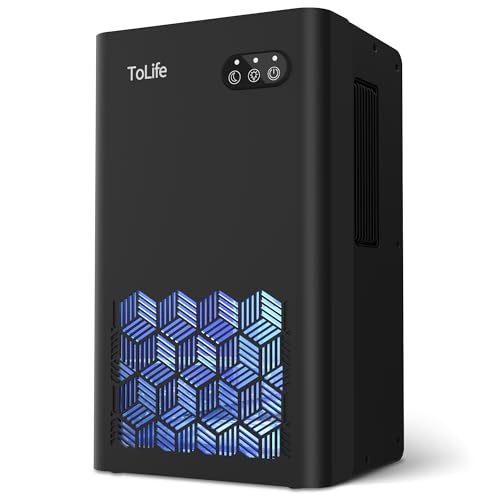
A dehumidifier can help make drying laundry inside quicker, reducing the risk of musty smells while preventing mold in your home.
What to do with leftover dryer sheets
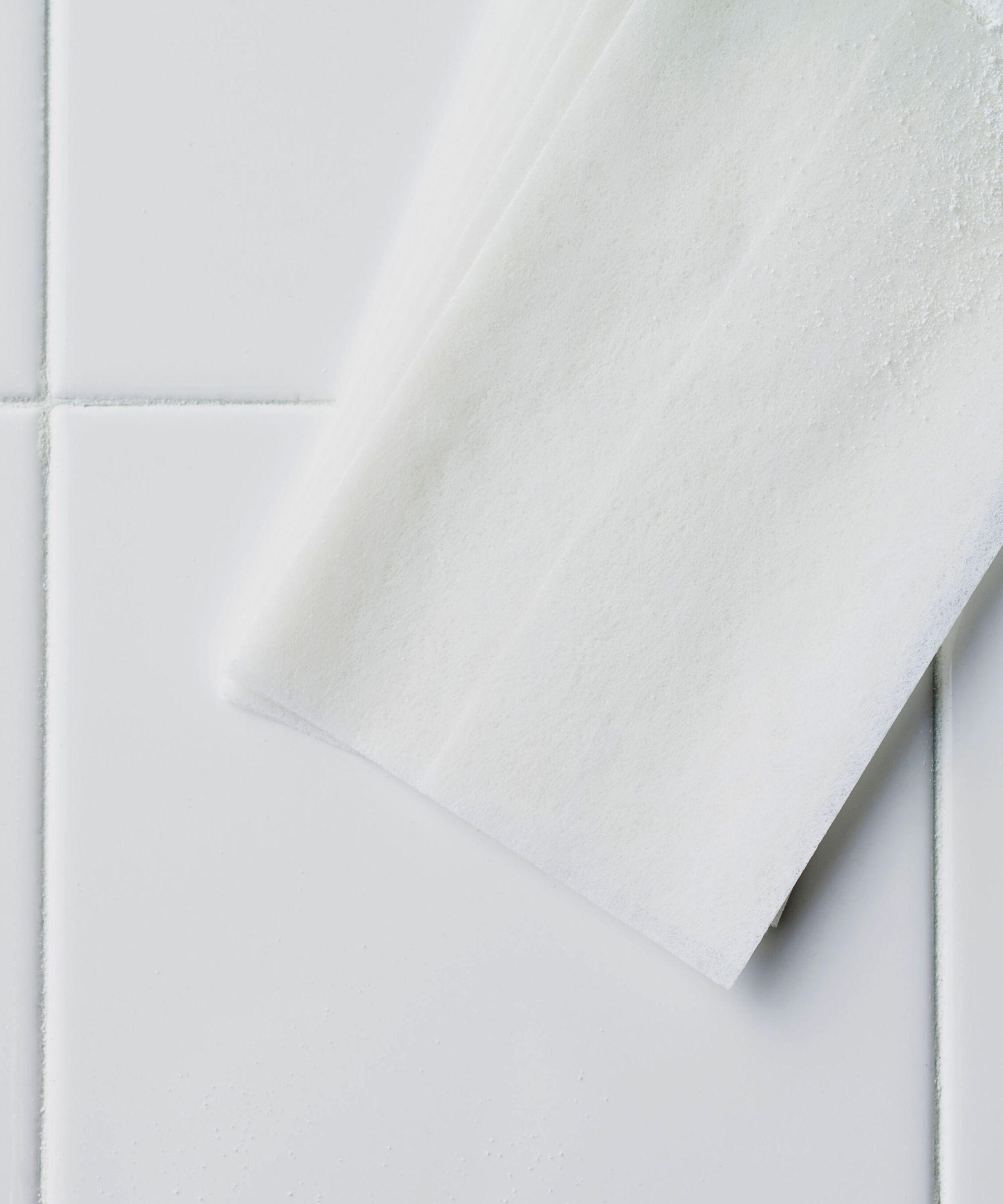
If you are left with surplus dryer sheets after making the change to a safer, more eco-friendly option, then the good news is that there are several home cleaning tips that use the sheets in safer ways.
From using dryer sheets to clean shower doors and break down soap scum, to cleaning baseboards and banishing dust, their practical uses are almost endless and ensure you haven't wasted money or created waste out of unused products.
FAQs
What happens if you don't use dryer sheets?
If you do not use dryer sheets or an alternative, then your clothes may not smell as fresh once dried. Static can also build up in your dryer, possibly leading to sparks and a fire if you have a full lint trap.
Why do my clothes smell after drying?
There are a few reasons why your clothing smells sour after washing and drying. The most common are using too much detergent during the laundry cycle, resulting in a sticky residue build-up, or the clothes not drying thoroughly or quickly enough. This can happen if you have overloaded your dryer, the washing machine spin cycle did not remove enough moisture, or you have not used a tool such as a dryer ball to help break up clothing wads during the drying cycle.
Dryer sheet alternatives are a must if you want to dry clothes quickly and prevent them smelling damp or musty when dry. Once you have said goodbye to dryer sheets, why not look at some of the other toxic laundry room items you could ap out for a healthier and happier home.
Sign up to the Homes & Gardens newsletter
Design expertise in your inbox – from inspiring decorating ideas and beautiful celebrity homes to practical gardening advice and shopping round-ups.

Chiana has been at Homes & Gardens for two years and is our resident 'queen' of non-toxic living. She spends most of her time producing content for the Solved section of the website, helping readers get the most out of their homes through clever decluttering, cleaning, and tidying tips. She was named one of Fixr's top home improvement journalists in 2024.
You must confirm your public display name before commenting
Please logout and then login again, you will then be prompted to enter your display name.
-
 'Sexy disco-era Italy meets Japanese farmhouse in the Brazilian jungle' was the description the interior designer gave this glass-walled modernist home
'Sexy disco-era Italy meets Japanese farmhouse in the Brazilian jungle' was the description the interior designer gave this glass-walled modernist homeOffering a warm welcome that defies its stark, modernist lines, this archictectural gem is full of surprises
By Karen Darlow
-
 Are you making the most out of the estate sales in your area? These are the 5 most valuable items you should be shopping for
Are you making the most out of the estate sales in your area? These are the 5 most valuable items you should be shopping forVintage lovers and antique experts share the objects you should always look out for when you're exploring an estate sale
By Eleanor Richardson
-
 I've spent over 200 hours testing vacuums and swear by my two Dysons – this is how I properly clean a Dyson vacuum filter for longer-lasting appliances
I've spent over 200 hours testing vacuums and swear by my two Dysons – this is how I properly clean a Dyson vacuum filter for longer-lasting appliancesYour Dyson vacuum will last much longer and clean at its best
By Dan Fauzi
-
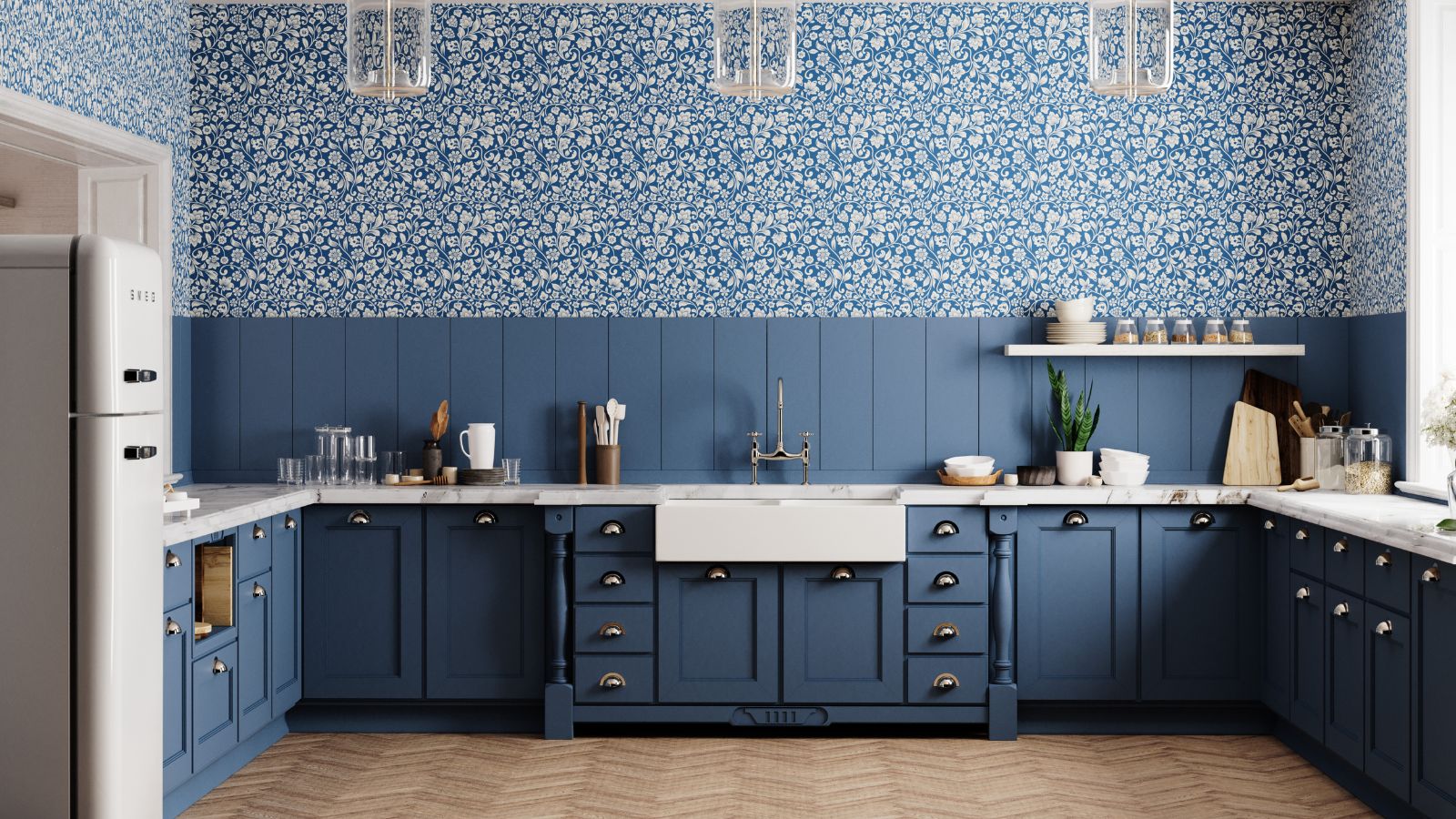 Do cleaning products expire? Professional cleaners warn time could make them ‘less effective, and in some cases, irritating to use’
Do cleaning products expire? Professional cleaners warn time could make them ‘less effective, and in some cases, irritating to use’For the best results, it pays to stay on top of the timeline of your cleaning products
By Chiana Dickson
-
 How to clean a patio – 6 different methods, and when you must use a chemical cleaning agent
How to clean a patio – 6 different methods, and when you must use a chemical cleaning agentFrom manual scrubbing, natural solutions or calling in the pros, industry experts reveal the benefits and considerations of each method
By Andy van Terheyden
-
 5 surprising but brilliant ways to clean with old socks – from perfectly buffing stainless steel to deterring pests naturally and more
5 surprising but brilliant ways to clean with old socks – from perfectly buffing stainless steel to deterring pests naturally and moreTackle dust in tricky corners, clean your mirrors and even banish bad odors with those rogue single socks
By Andy van Terheyden
-
 5 things people with clean upholstery always do – simple, quick and oh-so-effective
5 things people with clean upholstery always do – simple, quick and oh-so-effectiveEnsure your furnishing looks clean year-round with these expert tips
By Seraphina Di Mizzurati
-
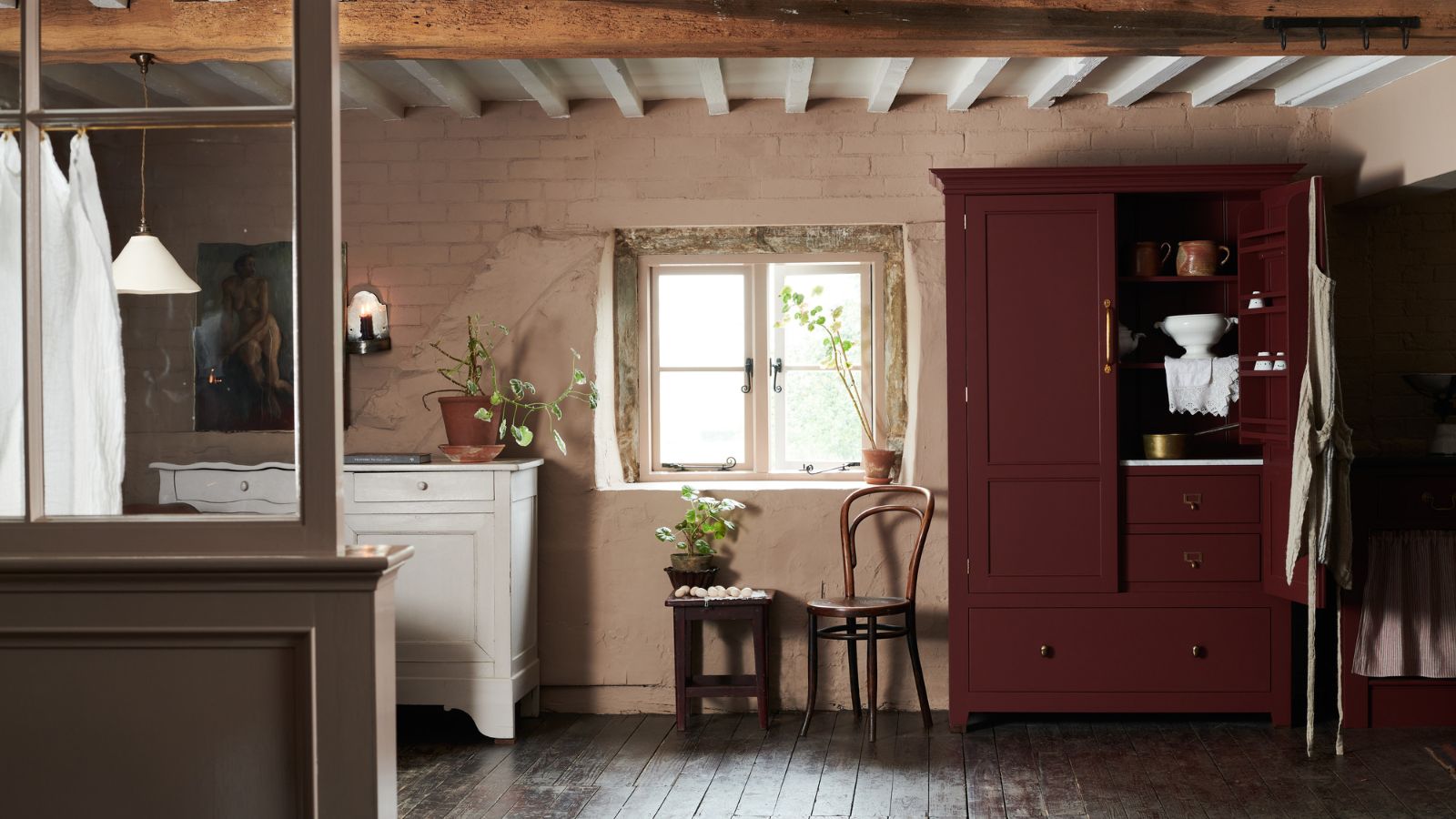 'Wick away the ick' – 6 things people with clean laundry rooms always do to make this hardworking space shine
'Wick away the ick' – 6 things people with clean laundry rooms always do to make this hardworking space shineThese tips on how to clean your laundry room will banish grime
By Seraphina Di Mizzurati
-
 How safe are carpet deodorizers? As a seasoned vacuum tester, I urge you to try alternative methods
How safe are carpet deodorizers? As a seasoned vacuum tester, I urge you to try alternative methodsNatural cleaning is always the answer
By Dan Fauzi
-
 'The world will not end' – 5 cleaning habits to quit for a happier, easier life, and what to do instead
'The world will not end' – 5 cleaning habits to quit for a happier, easier life, and what to do insteadGet your home sparkling, minus the stress
By Ciéra Cree